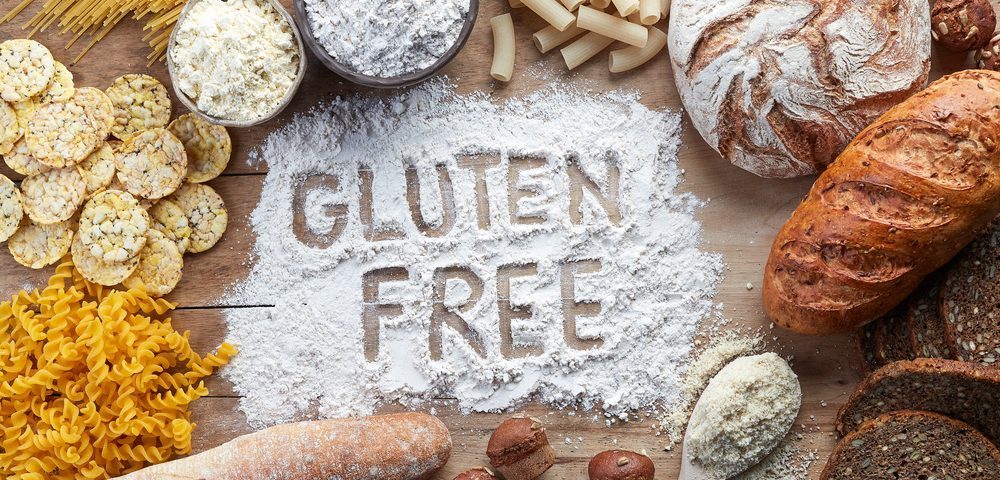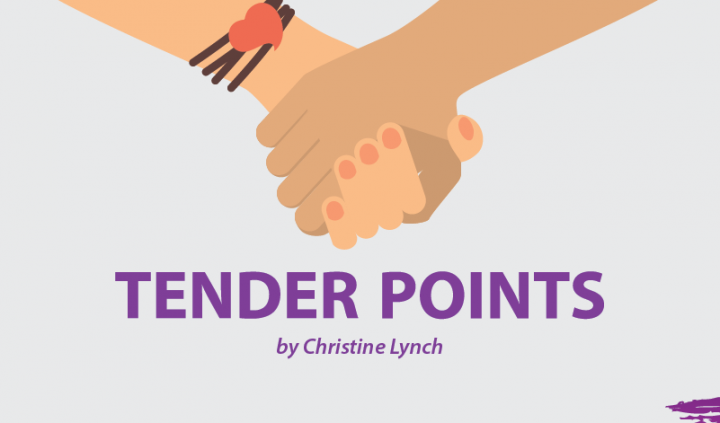For as long as I can remember I’ve felt my emotions in my gut. Intense anxiety frequently sent me running to the bathroom. But it wasn’t until irritable bowel syndrome with diarrhea (IBS-D) began affecting my quality of life that I considered food allergies.
My primary care physician referred me to an allergist. Following many skin pricks, he determined that I was lactose intolerant and allergic to pineapple. Luckily, I’d never liked pineapple. Giving up cow’s milk wasn’t a big problem for me; I was happy to substitute it with coconut or almond milk in my breakfast cereal. Avoiding cheese was more challenging, but I realized that I could tolerate small amounts of hard cheeses. My favorites, Pecorino Romano and manchego, are made from sheep’s milk anyway. And I discovered that goat’s milk yogurt was healthier than the cow’s milk version I’d previously enjoyed.
Unfortunately, IBS-D continued to be problematic for me. I sought help from an acupuncturist who suggested further food testing. She conducted saliva tests which revealed sensitivities to gluten and soy. Gluten is found in wheat, rye, barley, and triticale, so that meant giving up my favorite foods: bread, pasta, pizza, and beer. I wasn’t happy, but I was desperate to be able to leave the house without worry.
I began searching for gluten-free substitutes. At the time, 10 years ago, there were few available, and the products I found were lacking in taste and texture. These days more people are avoiding gluten for various health reasons, and as the range of gluten-free products has increased, the quality too has significantly improved.
Rice is plentiful and inexpensive, plus is often viewed as a gluten-free alternative to pasta. It’s worth noting that white rice has been refined and is low in fiber and B vitamins. Brown rice is a healthier option if you’re eating gluten-free.
However, your diet can become tedious if you limit yourself to rice-based products. I try to include other whole grains as well. My breakfast choices are oats or quinoa. Whole oats are high in fiber and other vitamins. Quinoa cooks quickly and is high in antioxidants.
I’ve explored other healthy, lesser-known grains. For example, did you know that buckwheat isn’t a type of wheat? It’s a seed. Buckwheat is used to make Japanese soba noodles and is gluten-free. The consistency of soba noodles is similar to pasta, so an occasional Japanese meal satisfies my pasta cravings.
Ancient grains include teff and millet. A staple in Ethiopia, teff is now grown in the U.S. as well. It’s rich in minerals, particularly iron and calcium.
Millet flour is another interesting substitute for wheat flour. However, it has been linked to thyroid issues. Also, it needs to be refrigerated. Healthier baking substitutes to consider are amaranth and cassava.
Gluten-free choices are plentiful but manufacturers are not offering a wide range of grain substitutes in their products. If you want to include foods such as buckwheat, amaranth, or teff you usually need to source the raw ingredient and cook at home from scratch. I’m hoping that market demand will soon drive a change in the variety of products available. In the meantime, I’m on the lookout for a sinfully-good, gluten-free dessert.
***
Note: Fibromyalgia News Today is strictly a news and information website about the disease. It does not provide medical advice, diagnosis, or treatment. This content is not intended to be a substitute for professional medical advice, diagnosis, or treatment. Always seek the advice of your physician or other qualified health provider with any questions you may have regarding a medical condition. Never disregard professional medical advice or delay in seeking it because of something you have read on this website. The opinions expressed in this column are not those of Fibromyalgia News Today, or its parent company, BioNews Services, and are intended to spark discussion about issues pertaining to fibromyalgia.


